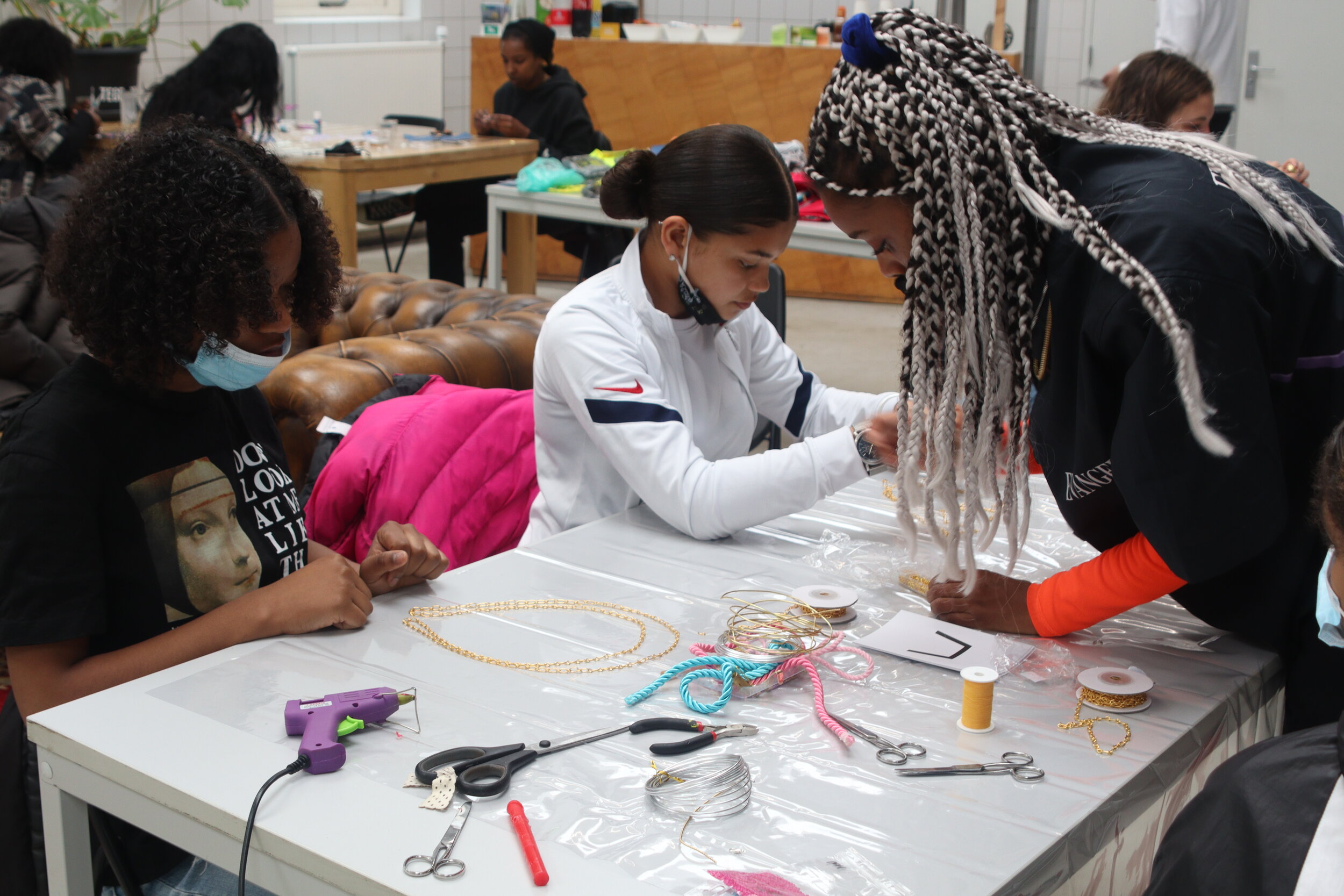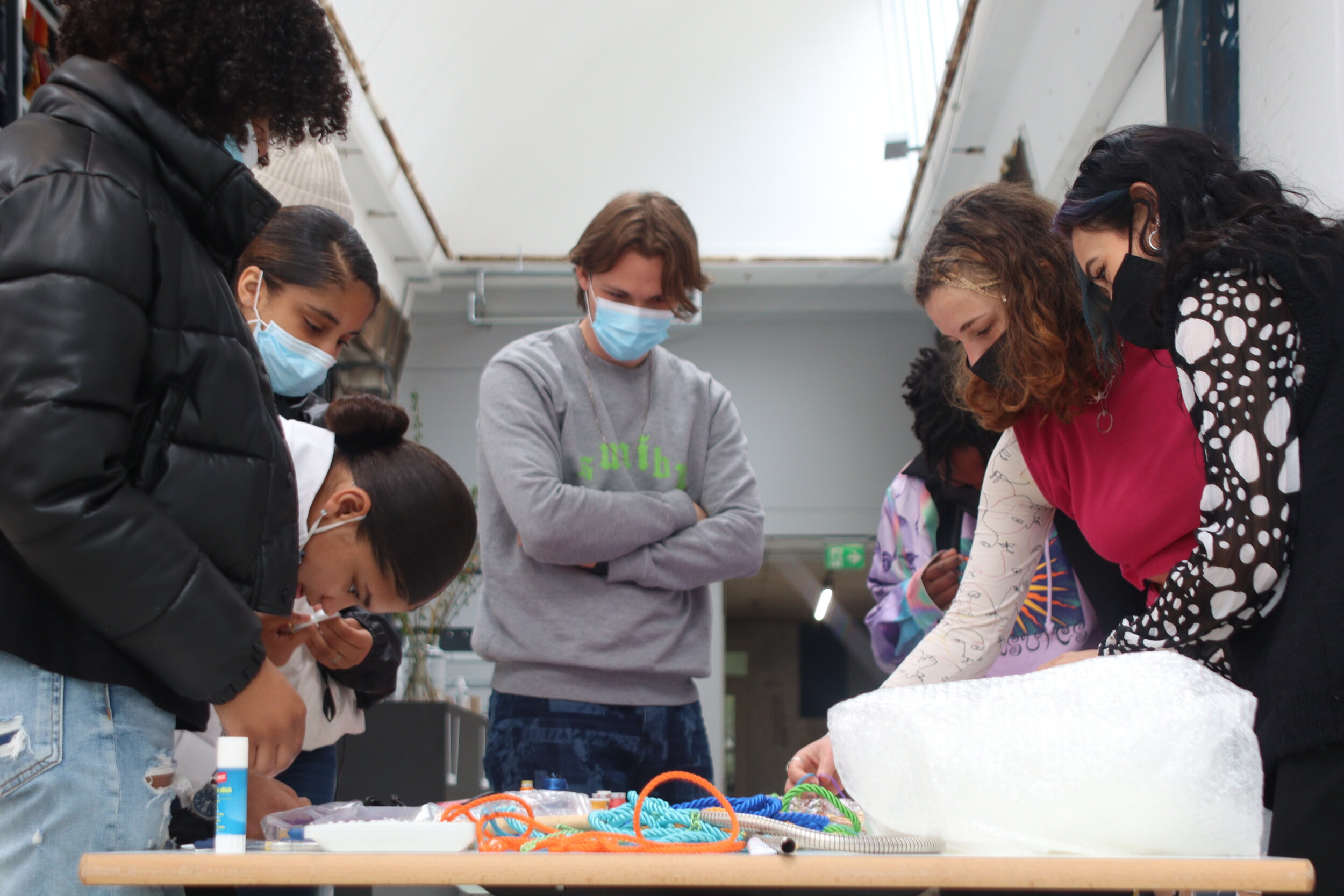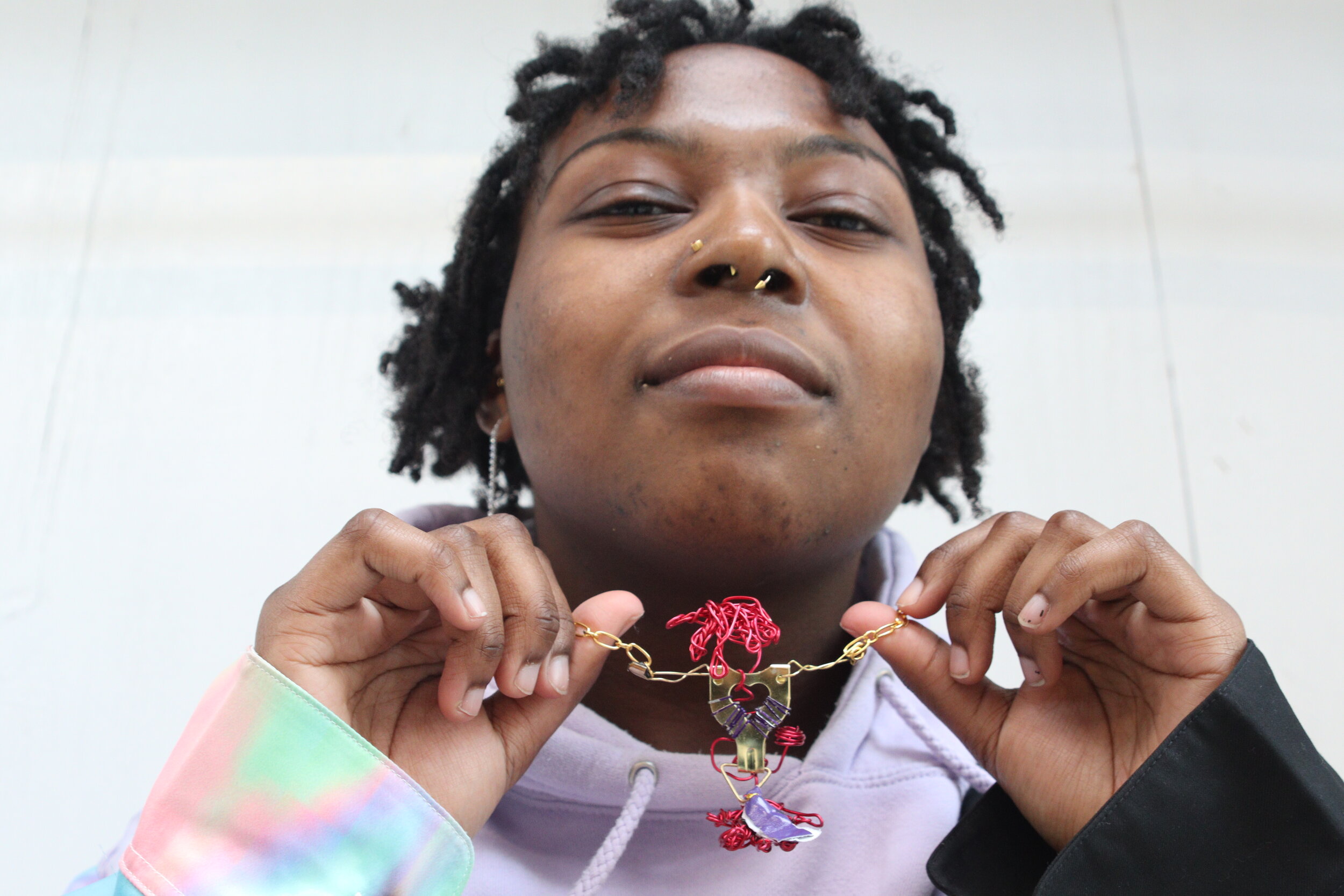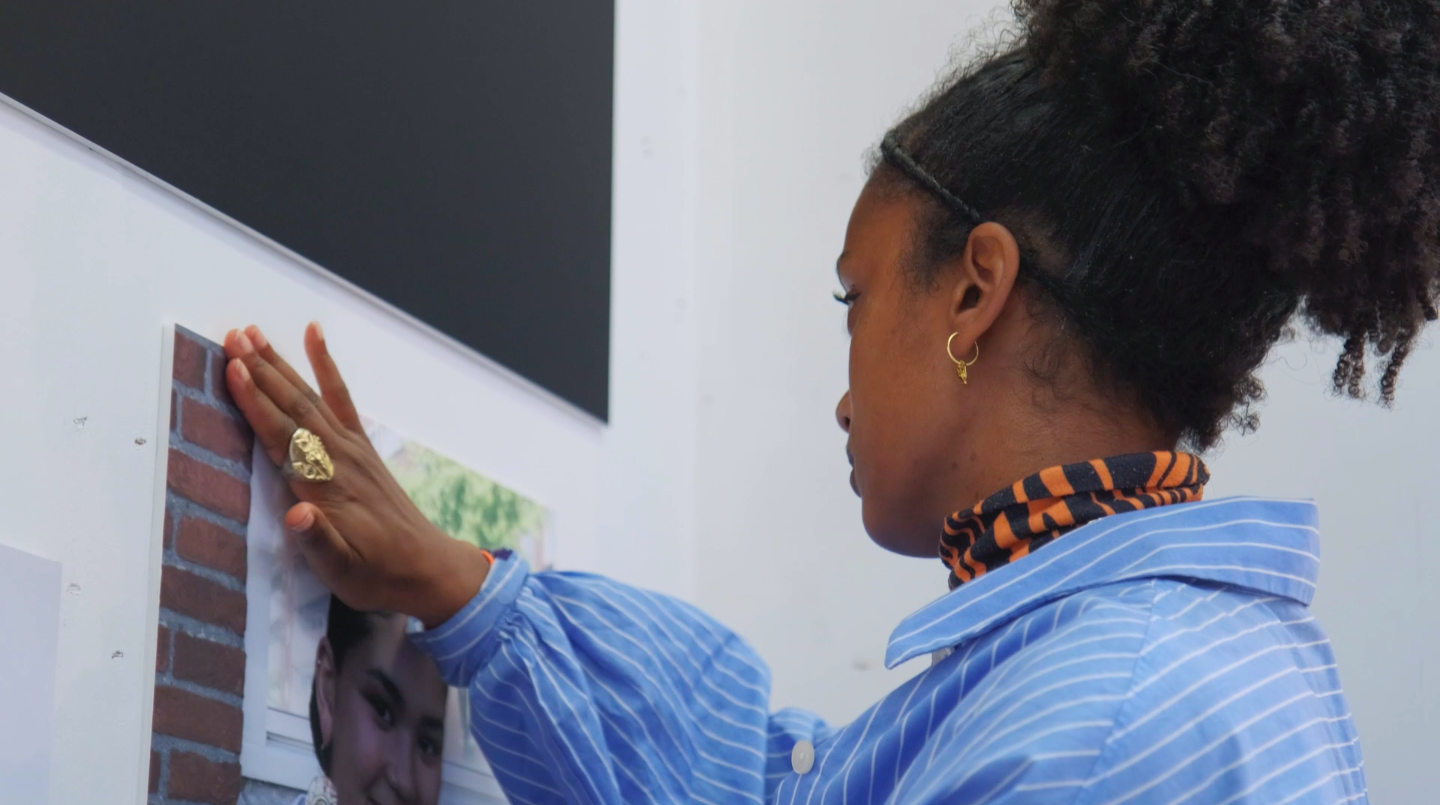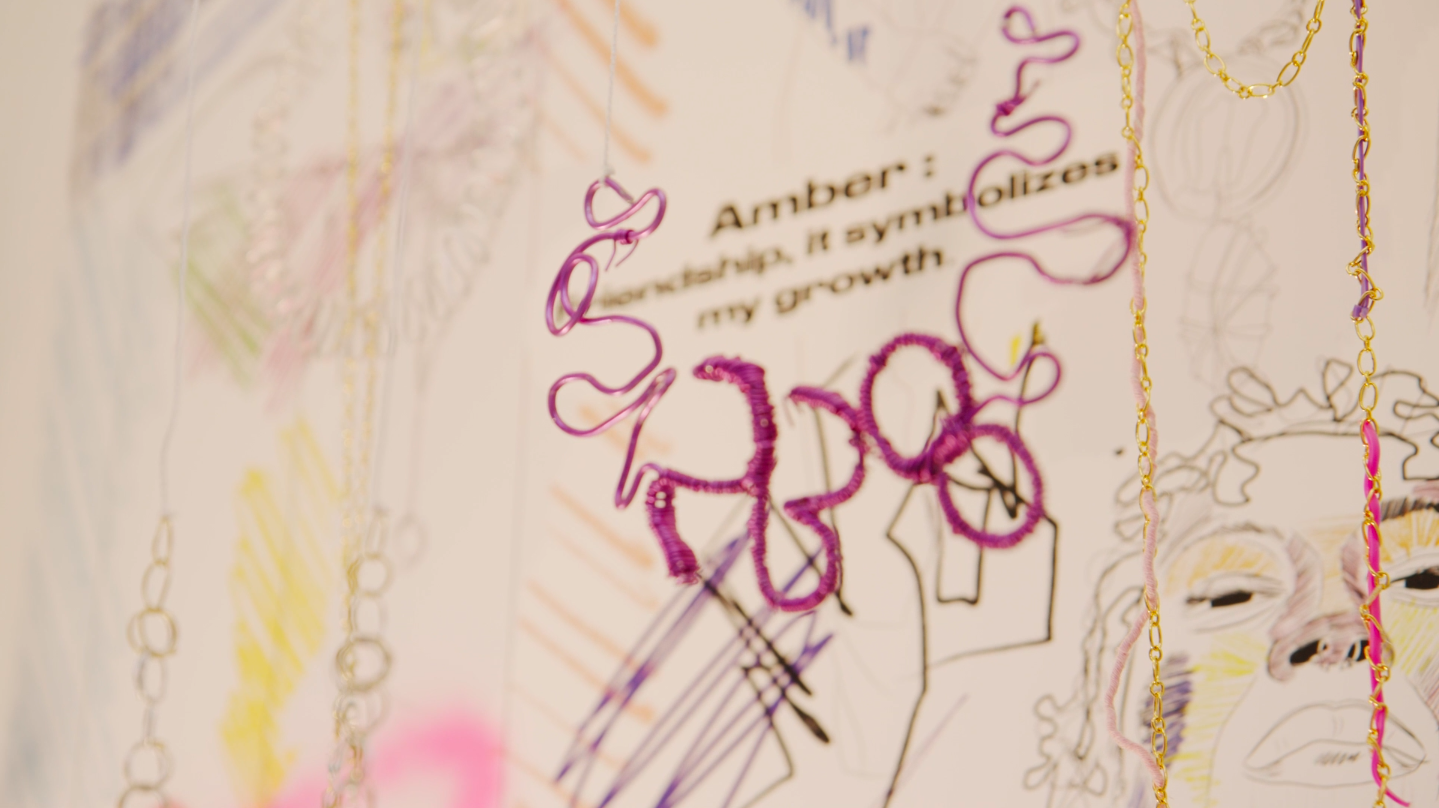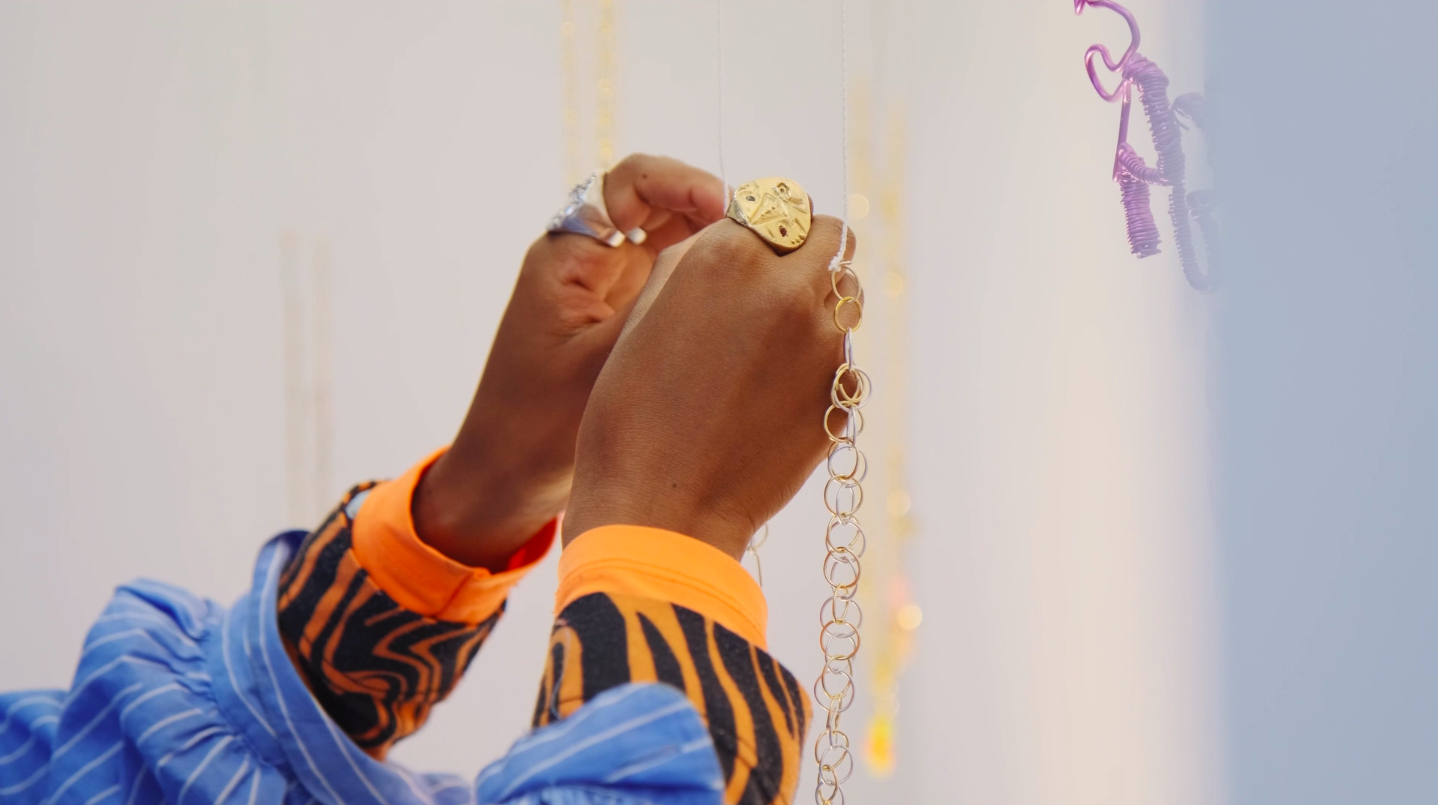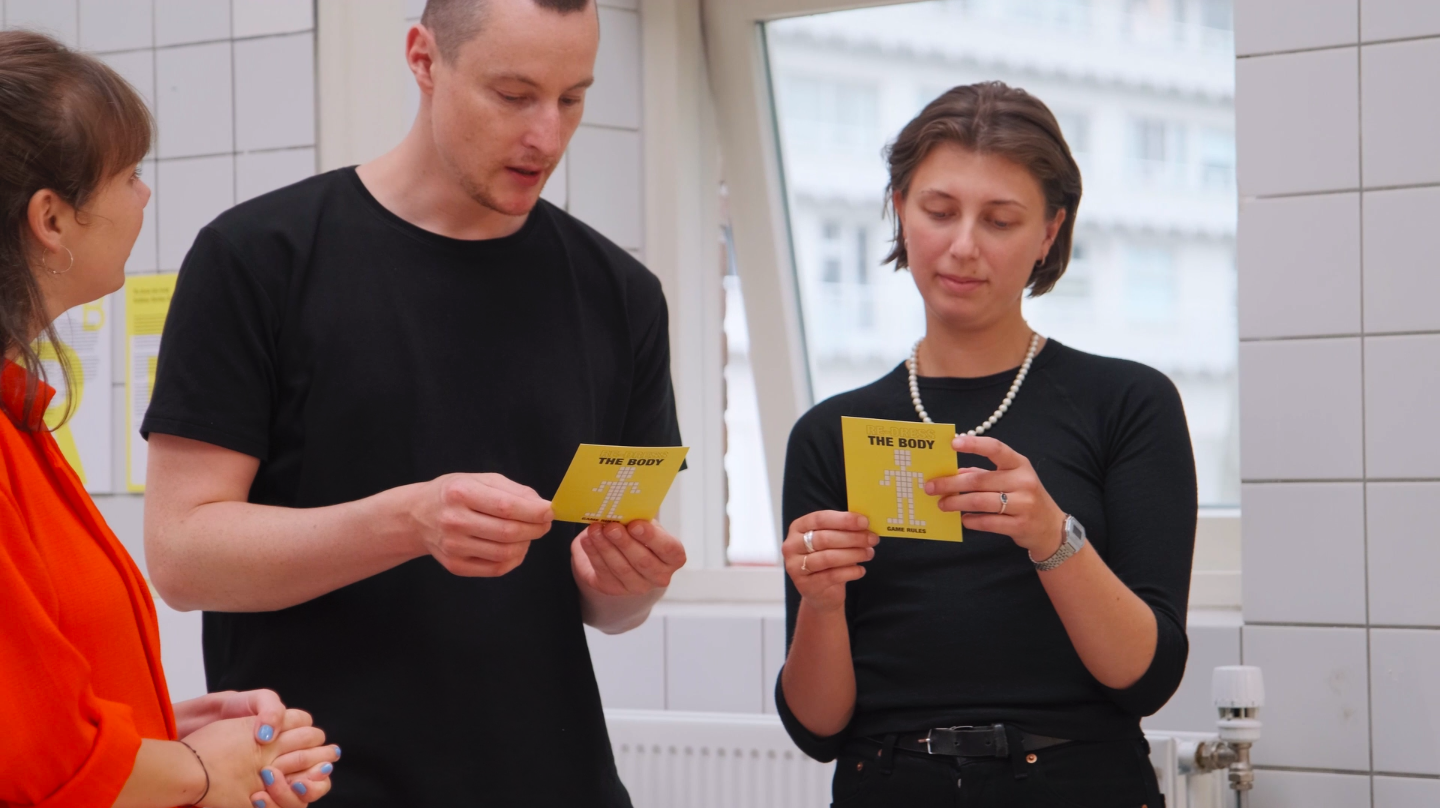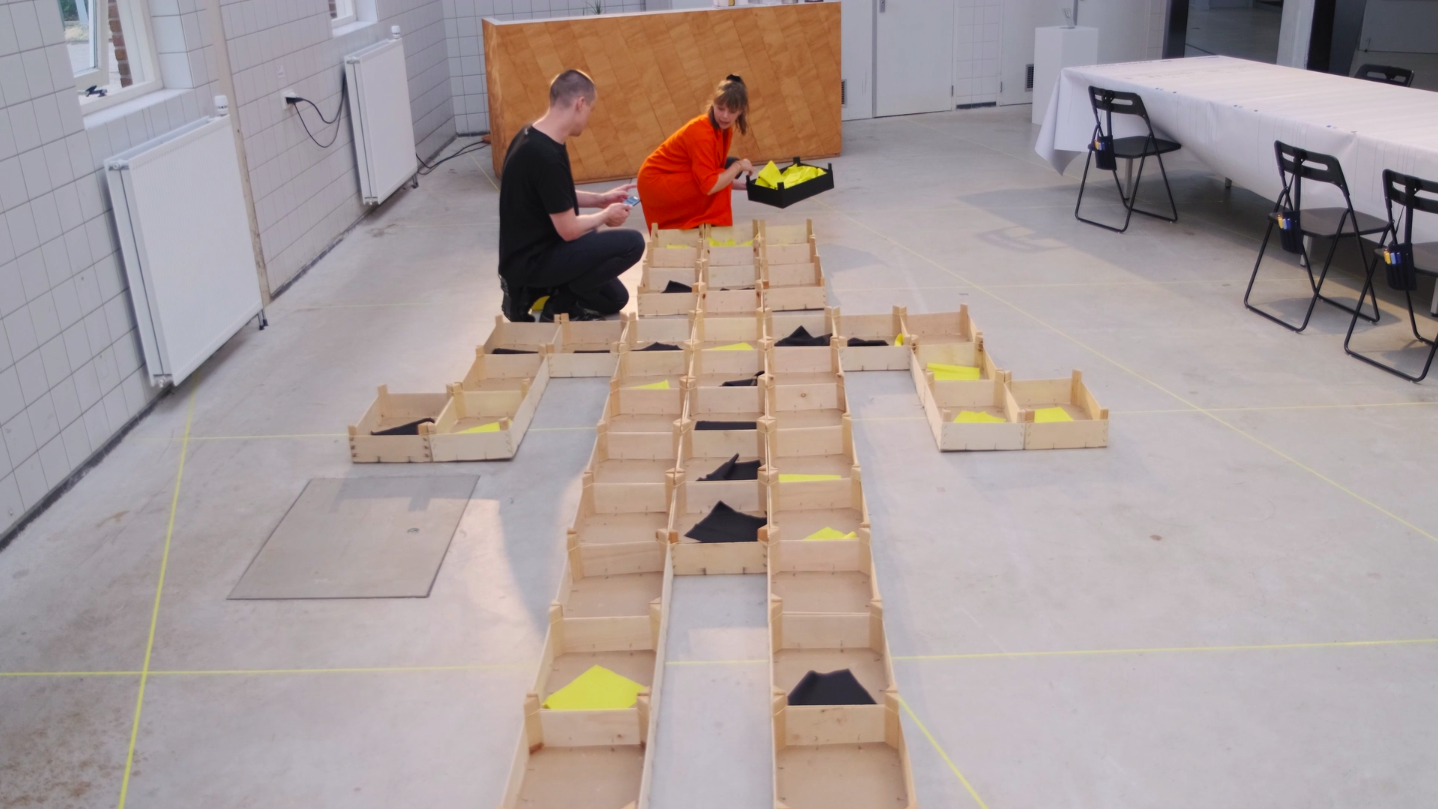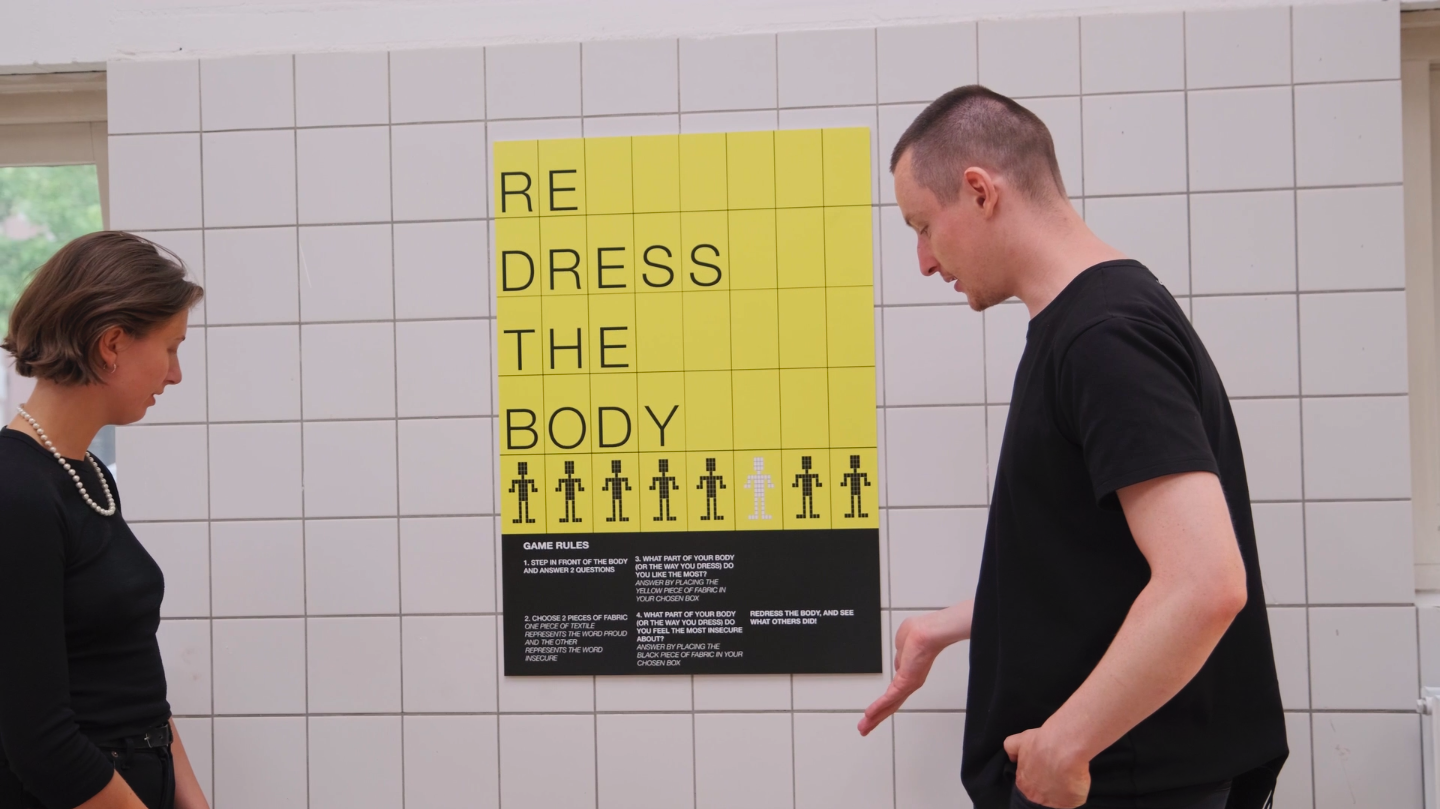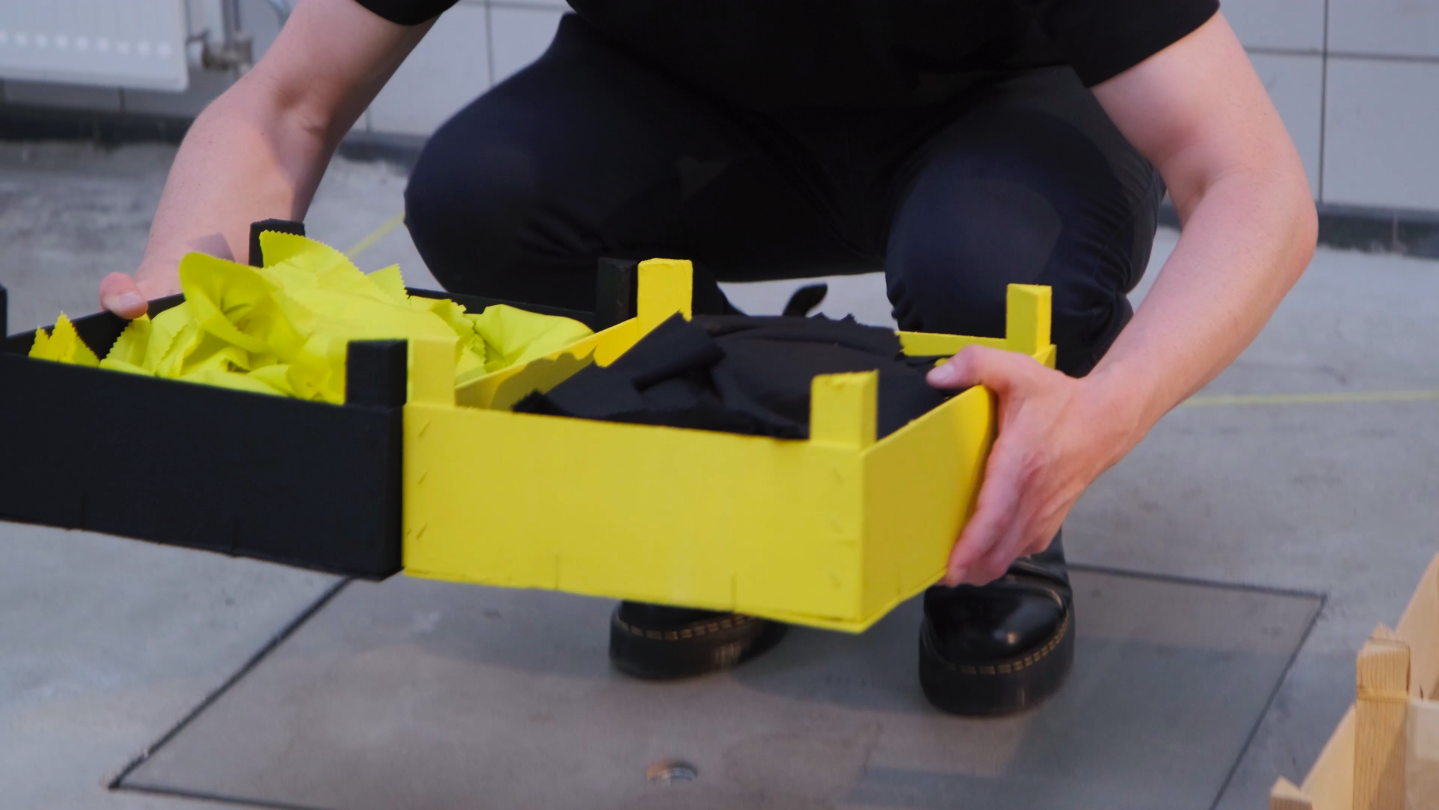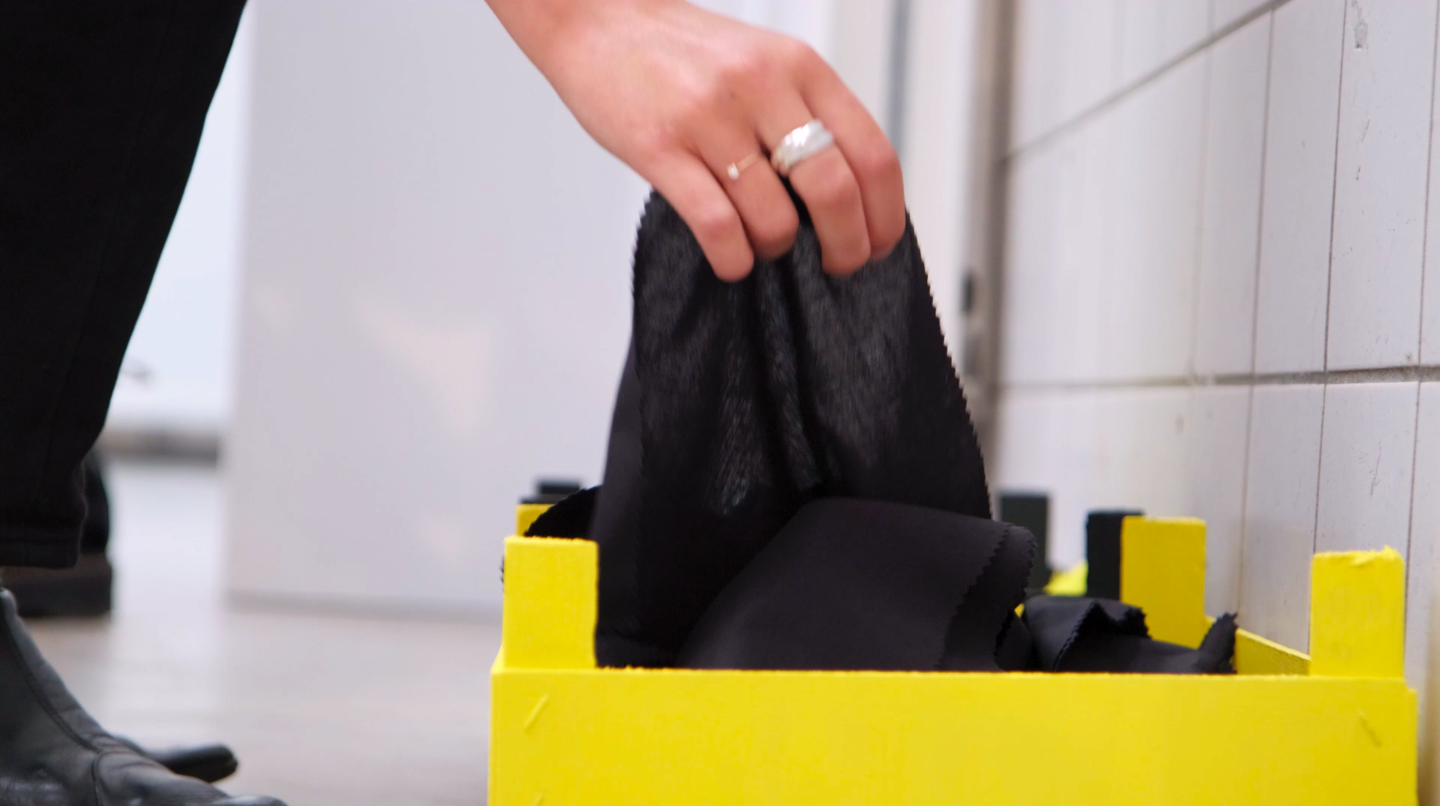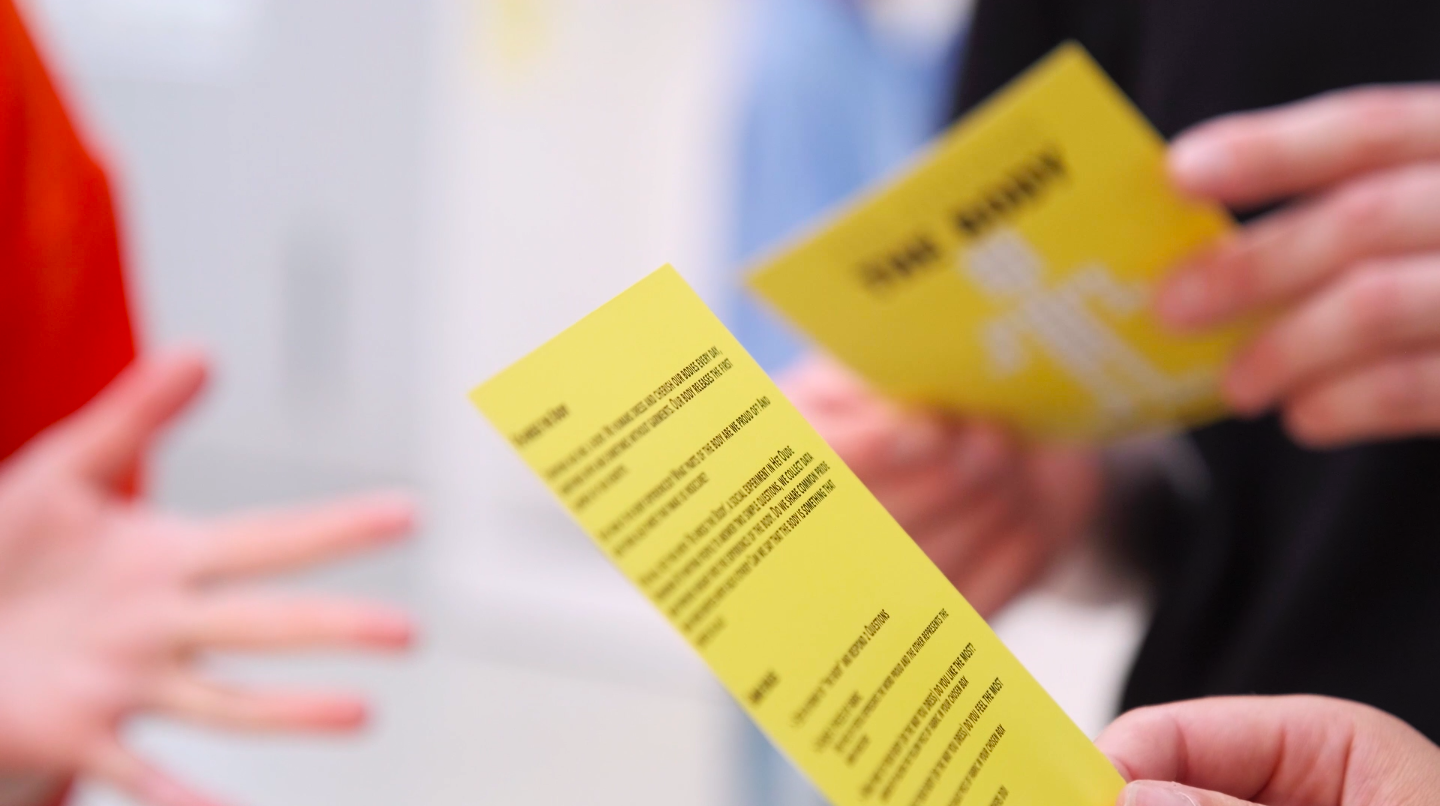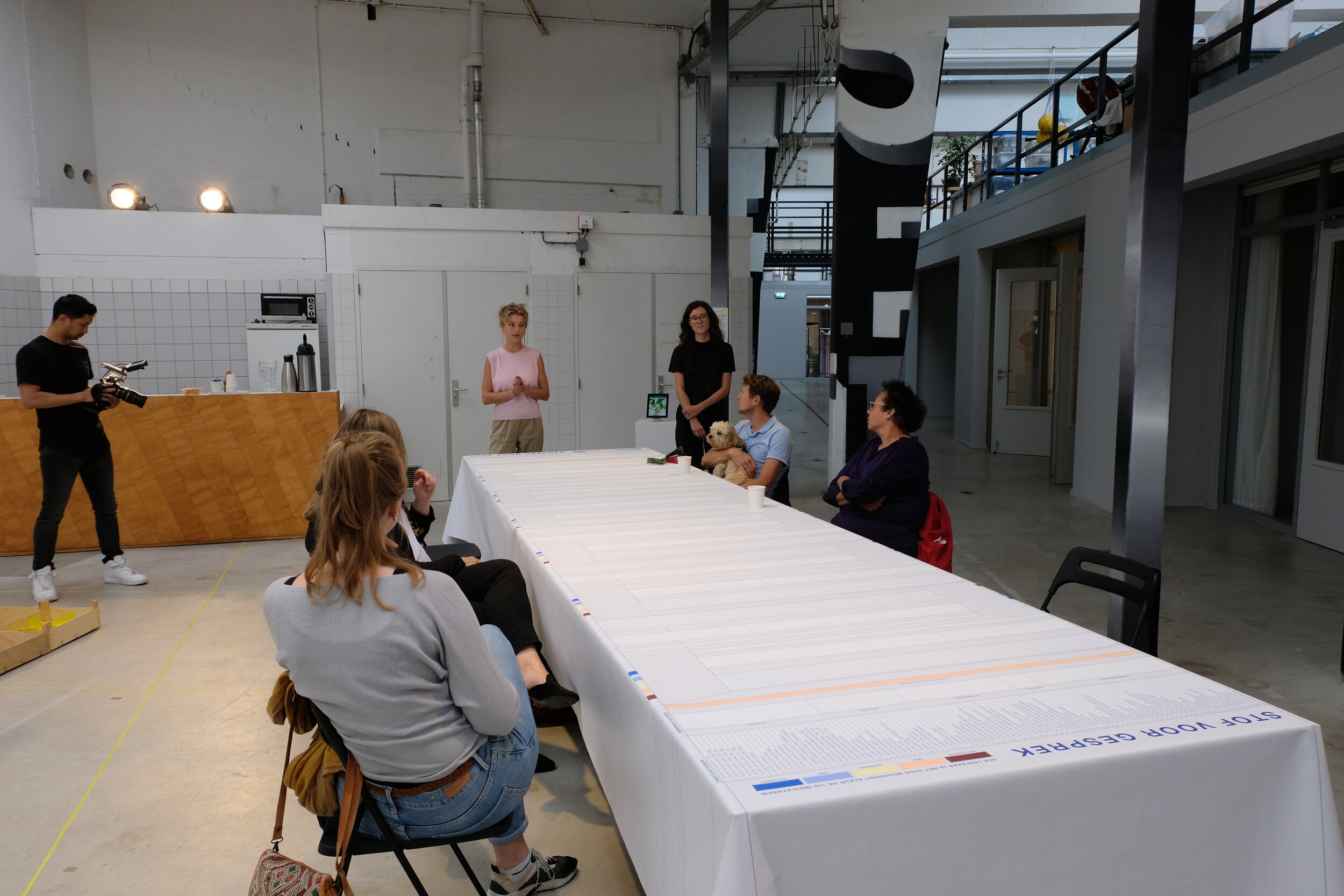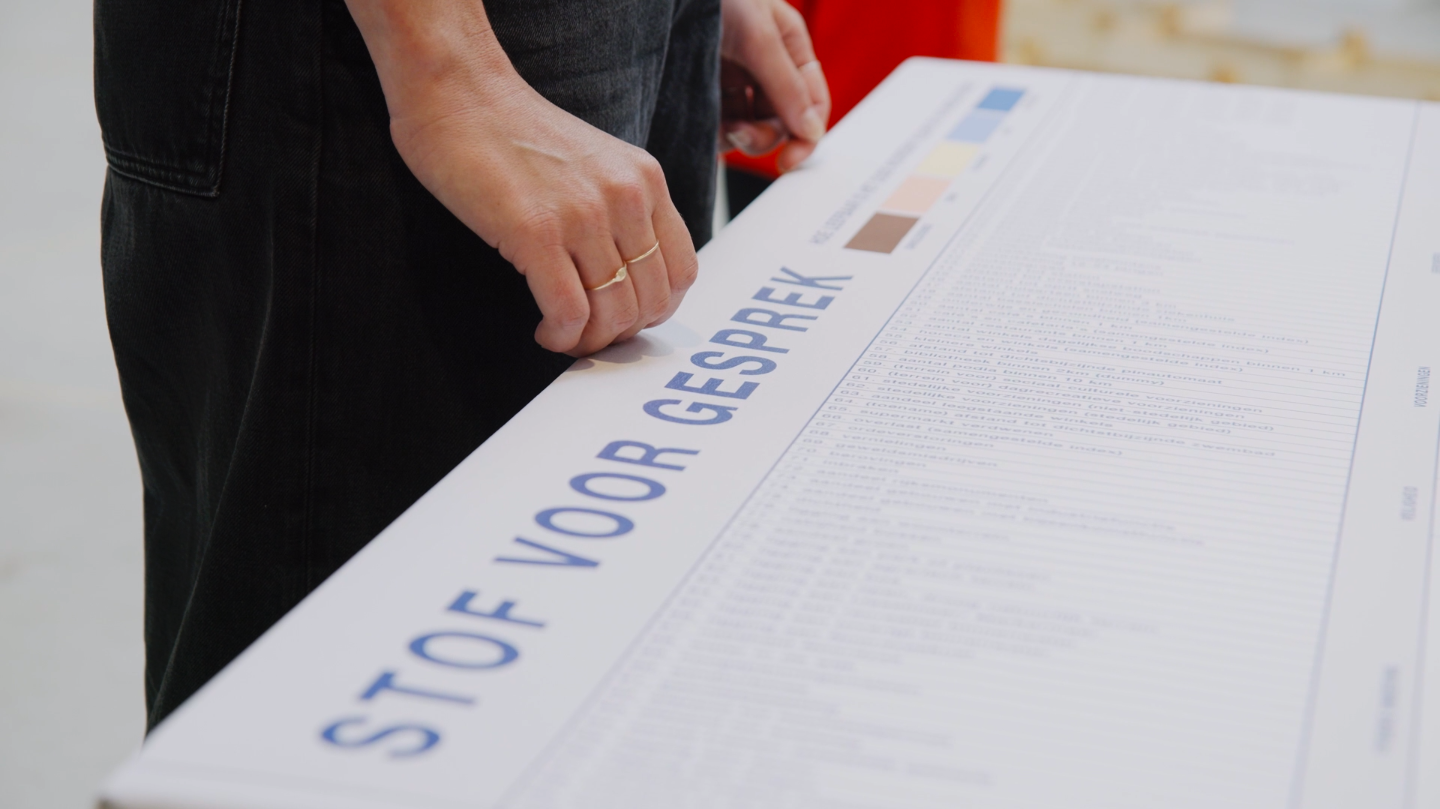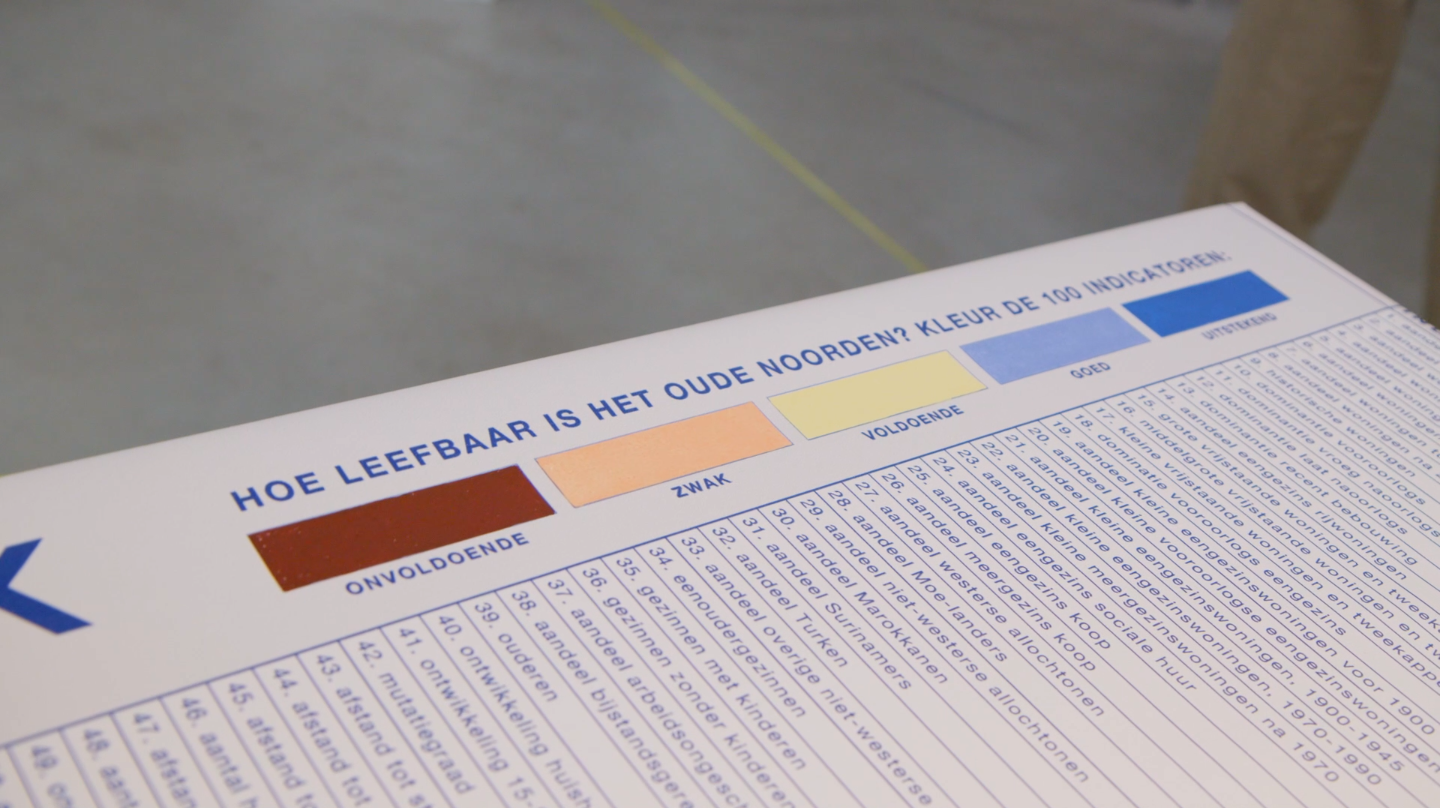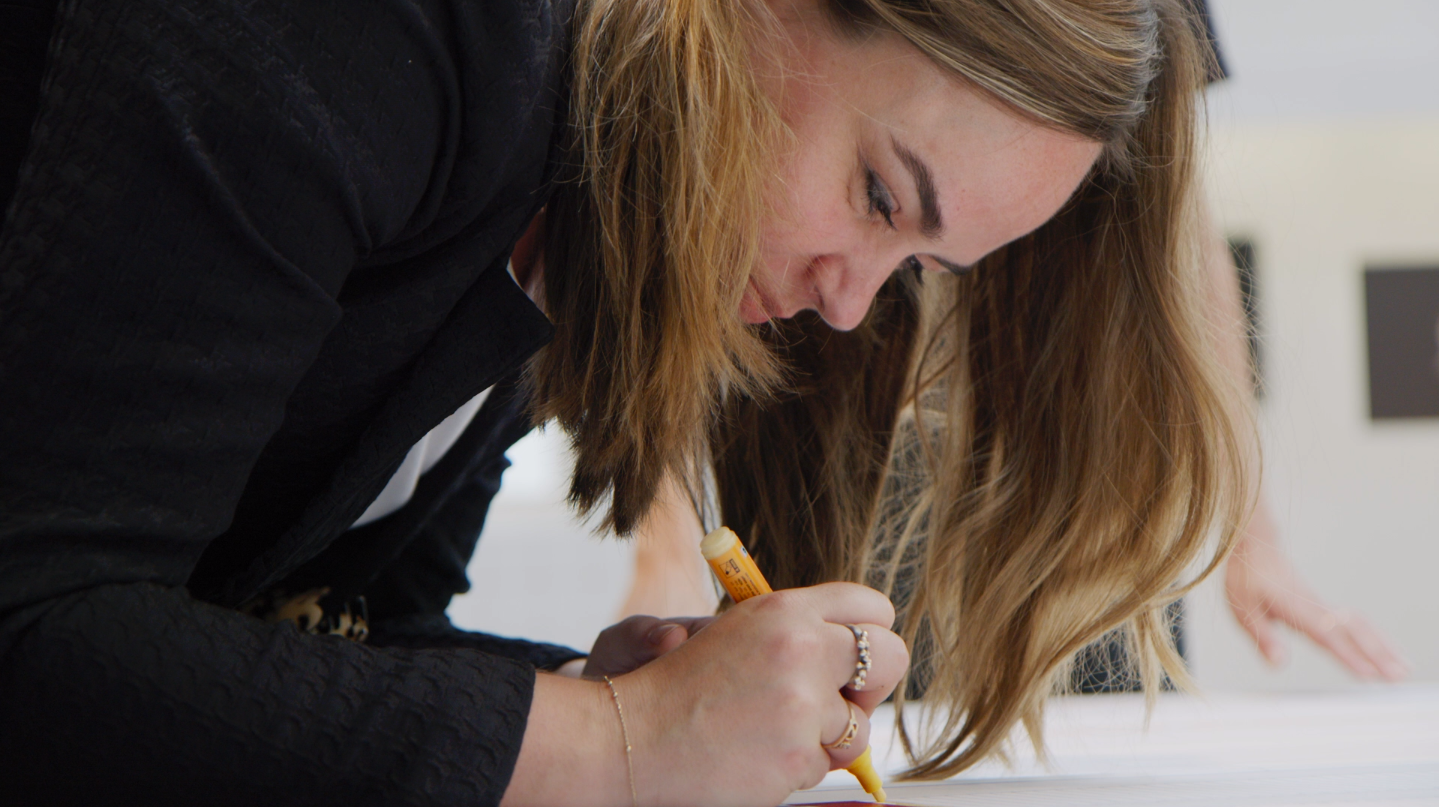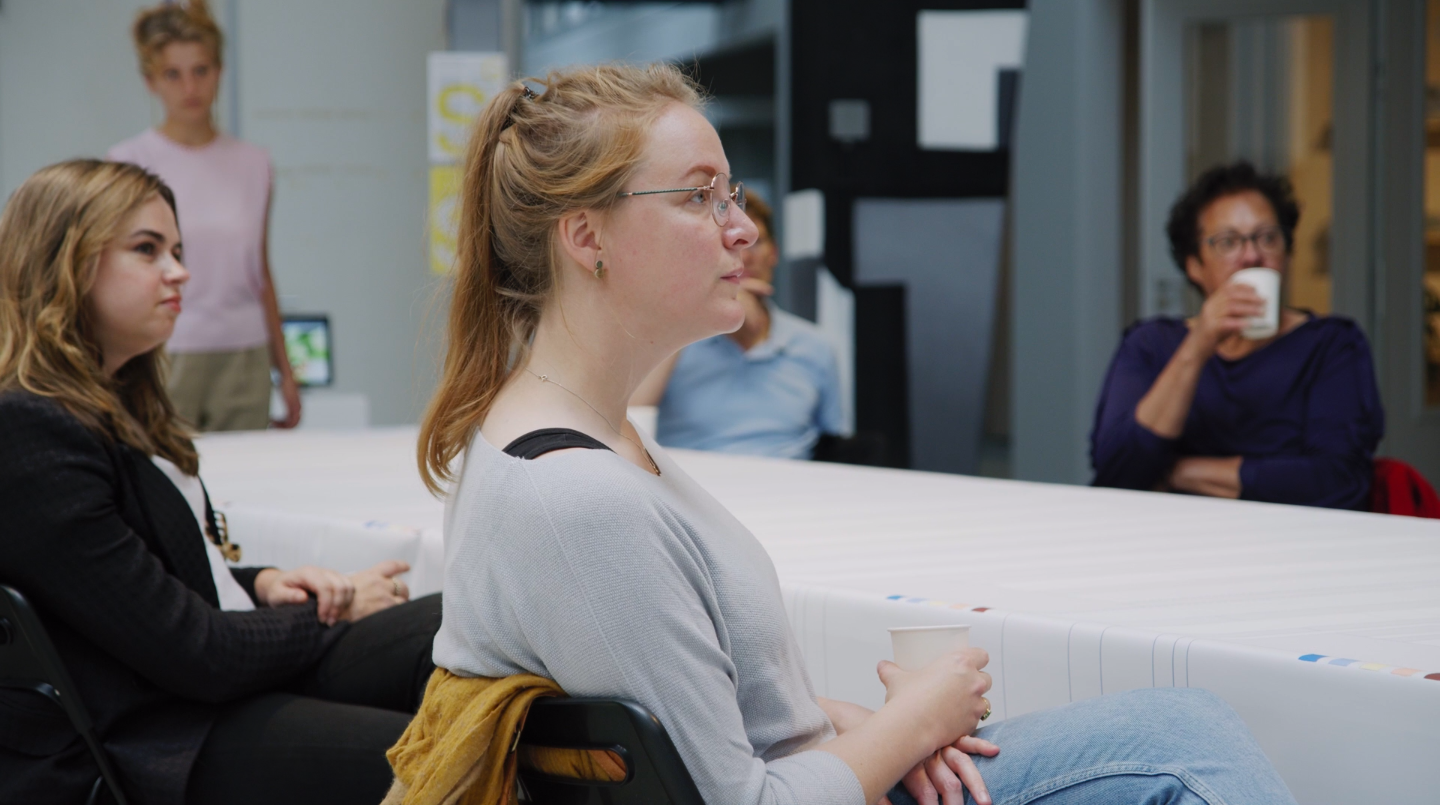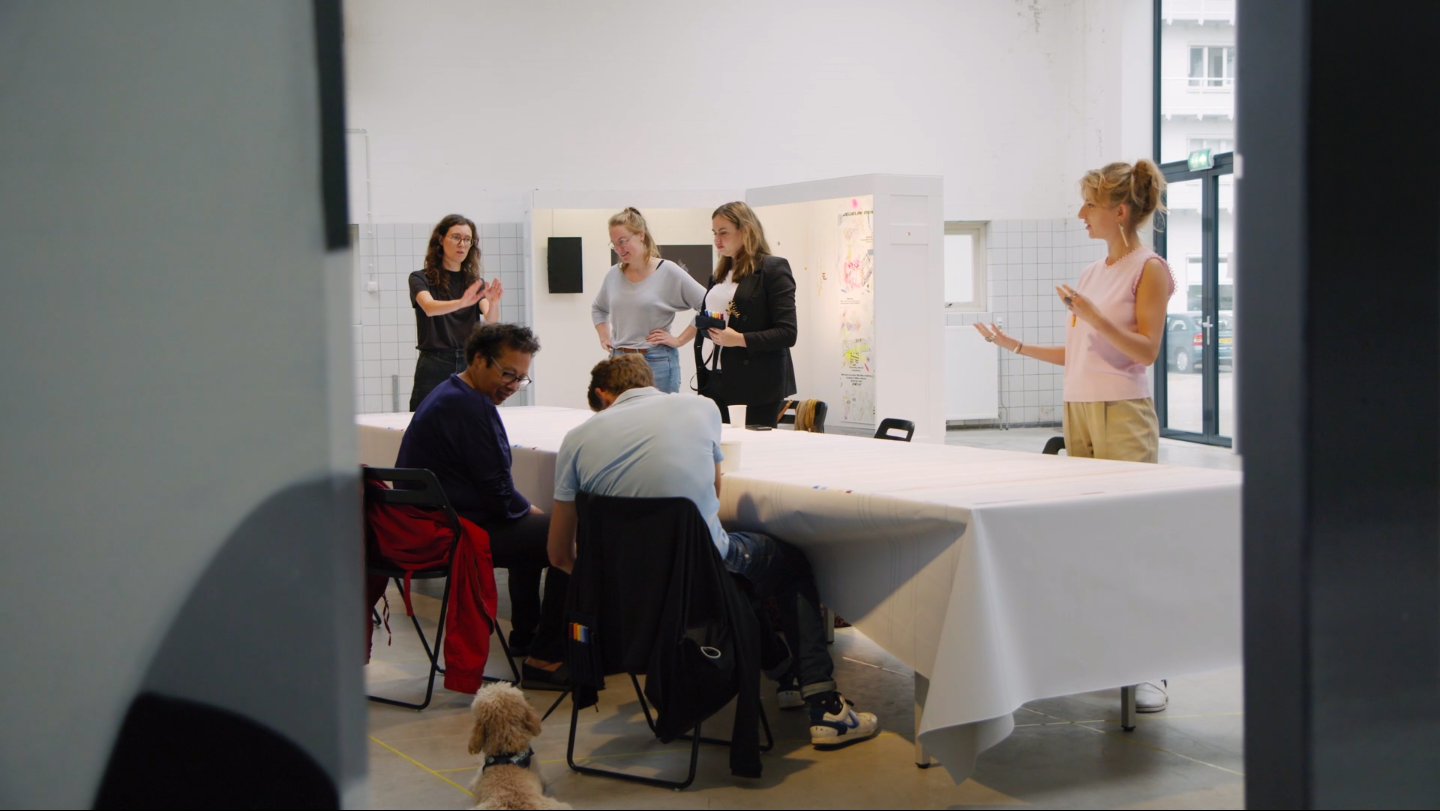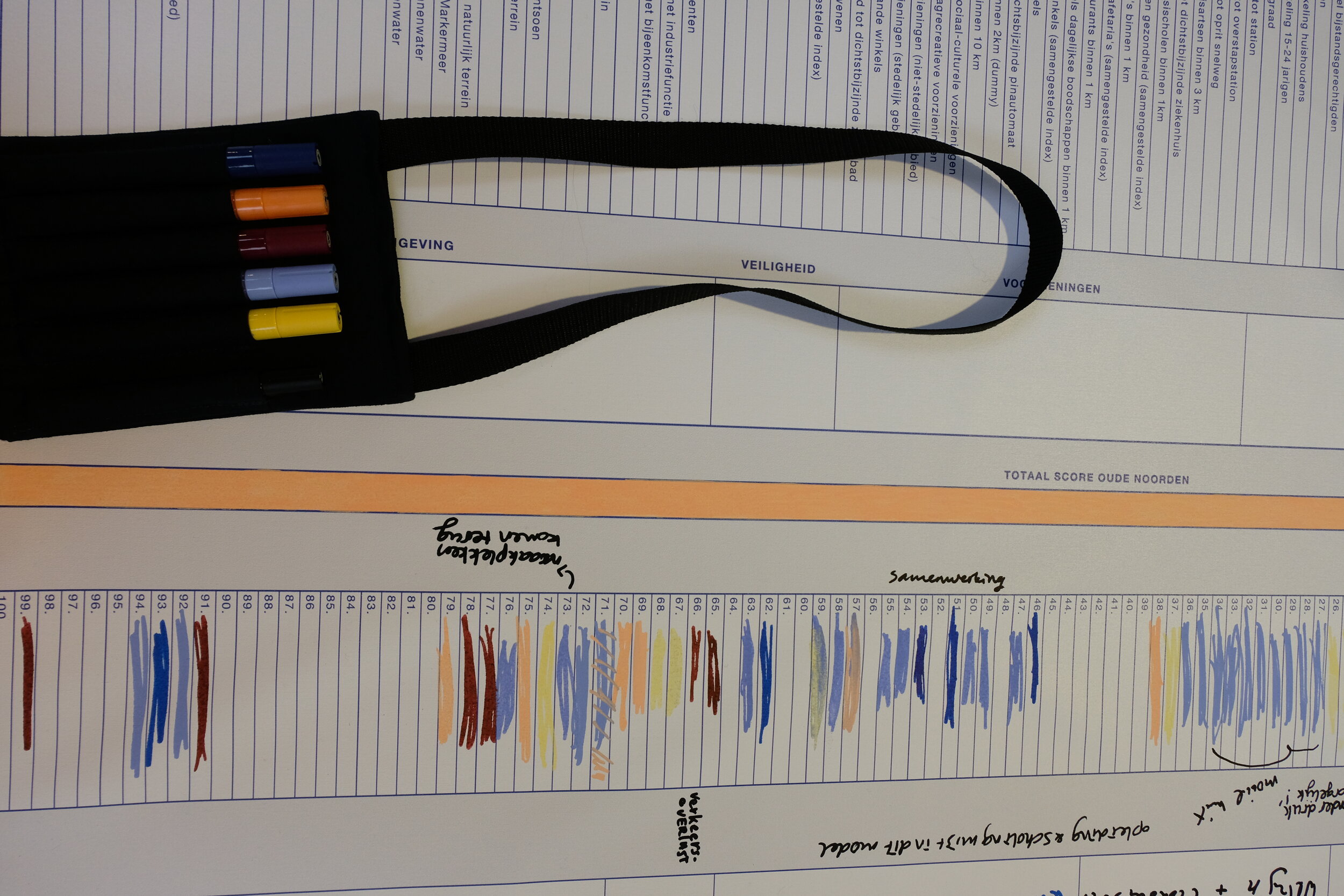FINAL PRESENTATION
TEAM ROTTERDAM
Rotterdam is the second biggest city of the Netherlands. With its skyscrapers, cultural highlights and bustling port on the one hand, and challenges such as poverty, segregation and polarization on the other, it can be considered a real metropole. Like most metropoles, Rotterdam is incredibly rich in diversity and hosts more than 173 nationalities. Yet, there is a huge divide between inhabitants with different backgrounds, education and incomes.
The Municipality of Rotterdam invited 5 designers of Taskforce Fashion to investigate a neighborhood where this divide is rapidly emerging because of gentrification: the Oude Noorden.
How can fashion play a positive role in enhancing contact and social cohesion in this area?
Instead of seeking for answers, the designers first researched the question at hand: who is asking the question and on what information is it based? If we pick different angles, methods and parameters to look at the neighborhood, do we still see a divide, a problem? Would we still ask the same question?
Rather than focusing on overcoming the differences between inhabitants, the designers chose to focus their research on ways to find shared values and stories. Which dreams and superpowers do young people have in the neighborhood? How do people in the neighborhood feel about their own bodies? And how do they personally experience their surroundings? In this presentation, the designers show their intermediate results. They propose alternative, mostly visual research tools to the Municipality, to encourage new conversations with inhabitants of all ages and backgrounds. With fashion & identity as a base, they seek for common ground and connections between longtime residents and newcomers.
TEAM ROTTERDAM: THE AFTERMOVIE
Video by Steve Iseger
“To enhance the unity within a comm-unity”
KALKIDAN HOEX
GEAR UP is all about teaching the young to change directions. How do they value the city of Rotterdam, the culture and their community? For her research, Kalkidan Hoex teamed up with Cult North, an emerging initiative that focuses on “passion development” among the young residents of Rotterdam-North. Together, they invited a group of youngsters for a multi-day workshop, to tell their story and to symbolize it in jewelry design.
This project stems from the power of hip-hop jewelry: from Flavor Flav in 1985 to Travis Scott in 2021. Their jewelry can be seen as a wearable sign of political conviction, as a social statement and as a visible sign of one’s social position and strength. This project is therefore not only about aesthetic quality, but above all about discovering how young people want to tell their story, and how they can do so through art and design.
BOBBINE BERDEN X JURIS EFNERIS
Through social experiment ‘Re-dress the body’, Bobbine Berden and Juris Efneris test how the residents of the Oude Noorden experience their bodies. By inviting inhabitants to answer two simple questions and to interact with their installation, they collect data on the body parts they’re proud of or insecure about. Do they relate to each other’s experience of the body?
With their installation, Bobbine and Juris focused on how creative interaction can encourage emotional connection within a neighborhood. The result - a colorful overview of all participants who dared to be proud and vulnerable - is a true conversation starter.
LENA WINTERINK X LISANNE JANSSEN
For their project ‘Stof voor Gesprek’ (Fabric for Dialogue), Lena Winterink and Lisanne Janssen took a closer look at the Dutch governmental tool ‘Leefbaarometer’; a scale that measures the ‘livability’ of a neighbourhood. Neighbourhood the Oude Noorden in Rotterdam was evaluated by the tool as ‘weak’ based on a set of 100 indicators. But why?
According to the Leefbaarometer, anything that deviates from the norm constitutes a negative score on the quality of life. But what is the norm? And whose wishes and requirements are being taken into account? With this project, Lena and Lisanne provided insight into the indicators that inform the Leefbaarometer and simultaneously created a space for conversation about what is important (to local residents) for the quality of life in the Oude Noorden.
Visitors could join the dialogue and create their personal version of the Leefbarometer.
Team Rotterdam consists of Kalkidan Hoex, Bobbine Berden, Juris Efneris, Lena Winterink and Lisanne Janssen, as coached by Esther-Munoz Grootveld. The final presentation took place at De Wasserij in Rotterdam.



